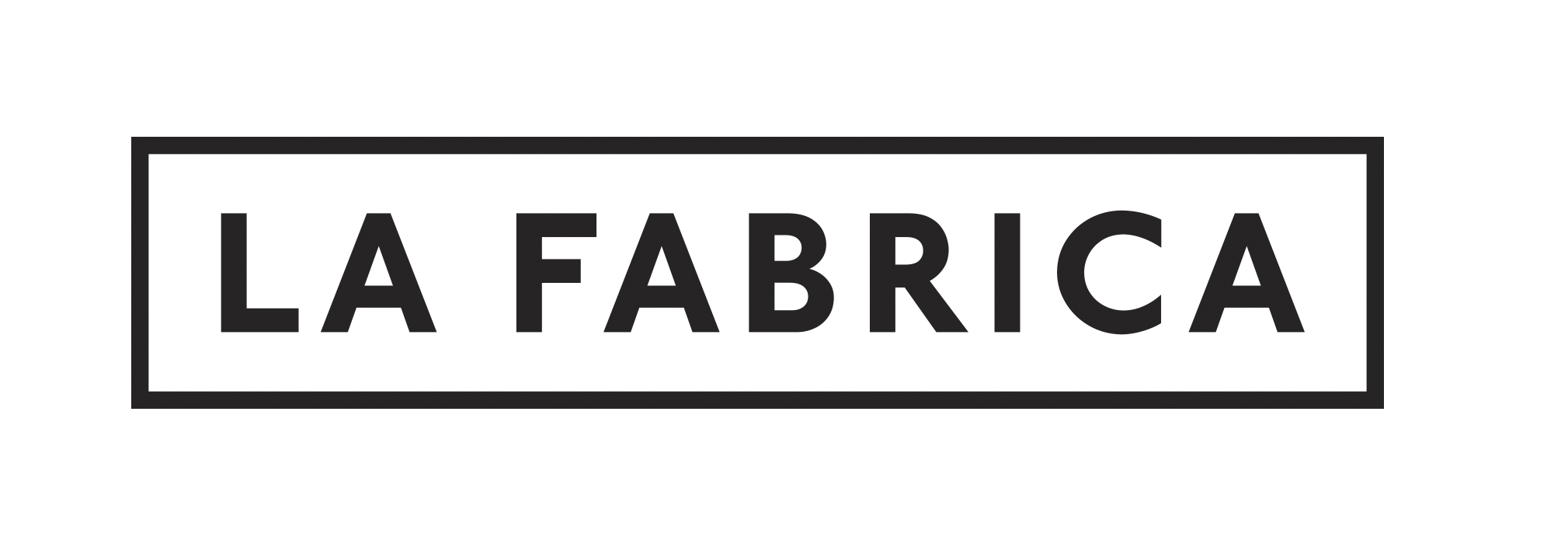In 2015, almost 20 years since its birth, Matador Magazine reflects on its identifying marks: art and, particularly, photography. Along with its name, its spectacular design, its typography and its careful printing, the image is one of the keys of Matador’s philosophy, allowing the reader to enjoy photographs in several different colours and in large formats, in 60 x 40cm on the two-page spreads, in an unfolding of colour and force that is an unforgettable experience for the retina. Being aware of the importance of photography in the philosophy of the magazine, Matador wished to pay homage to it and give the reader its Q volume, a spectacular edition in which photography is the absolute leading figure.
In its desire to create an issue given over to photography, Matador could do no better than count on one of the great photo editors in history. This issue of Matador Q is the work of Robert Pledge (London, 1942), editor, curator and founder of the mythical Contact Press Images Agency. With the premise that photography was the protagonist of this issue, without too many words, Pledge decided to focus on documentary photography given that while other spheres of photography attract a great deal of attention, the experts have for some time been proclaiming the disappearance of documentary and journalistic photography. Far from presenting a study of documentary photography from around the world, Pledge wished to bring together a representation made up of photographers of both sexes, of different backgrounds and generations and of all styles and tendencies. A selection of documentary photography that is both artistic and journalistic, in which all the continents are represented and in which new voices appear alongside some of the more expected ones, taken from the great traditions and important schools of photojournalism, magazine and documentary photography and the photographic essay.
Matador Q is presenting the landscapes of Sebastião Salgado (Brazil, 1944), with his quiet denouncing of the rape of the Earth’s natural paradises; images by Lu Guang (China, 1961) documenting the contrasts of the landscape in modern China, with its lights and shades. The aerial photography of Edward Burtynsky (Canada, 1955), who has over recent years has portrayed land areas surrounded by water, appear alongside the photographs of the dismantling of traditional culture in Papua New Guinea by Stephen Dupont (Australia, 1967) and the dreamlike images of the Congo by Sammy Baloji (Democratic Republic of Congo, 1978), which mix black and white with colour in a work that powerfully remains in one’s memory.
Catherine Leroy (France, 1945 – USA, 2006) was only 22 years old when she carried out a sequence of images of the Vietnam War that has now become iconic, while the female Korean photographer Yun Suyeon (South Korea, 1972) portrays the return home of United States soldiers after the Iraq War. Annie Leibovitz (USA, 1949) shows her more intimate side in a collection of images that portray a series of "famous" women, among whom are Emily Dickinson, Eleanor Roosevelt and Georgia O’Keeffe, through the properties they occupied during their lives, while in Underground Beijing Sim Chi Yin documents tiny, almost underground dwellings built in the foundations of the houses of Beijing.
The trip around the world continues in Japan with Kosuke Okahara (Japan, 1980) and his work Ibasyo, a striking series about young Japanese people who do self harm to themselves in order to escape from reality, and it comes to India in the hands of the female photographer Talisma Akhter (India, 1974), who portrays the life of female workers in clothes factories in Bangladesh, with the background drama of the collapse of one of the factories in 2013. Back in the West, David Burnett (USA, 1946) closes this issue of Matador Q with an original, aesthetic and ordered view of the world of the Olympic Games in a perfect black and white.
"The work of these twelve photographers, with their specific concerns and personal views, along with the careful publishing and sequential layout of the images and portfolios in a structured presentation, should provide readers of Matador with a valuable approach to the intentions and philosophies of these authors and artists, besides restating the perception that documentary photography is still indispensable as a tool for understanding our shared world, its diversity and complexity, its overwhelming issues, its defects, uncertainties and dangers." Robert Pledge.
Matador Q is then completed with its usual fixed sections. The “Matadors” in this issue are the photographer Raymond Depardon, the curator and manager Marta Gili and the editor and photographer James A. Fox. Their portraits have been taken by the writer and editor Jean-Claude Guillebaud, the art specialist Marc Lenot and the photographic agent, editor and curator Neil Burgess, respectively. The young writer Jenn Díaz has provided the previously unpublished story Las cosas de la vida que no se entienden for the “Abecedario” section.
Artist’s Notebook: Joan Fontcuberta, Gastropod
The Artist’s Notebook corresponding to Volume Q of Matador Magazine is an unpublished work by Joan Fontcuberta made up of 14 photographs that show invitations to museums and art galleries compiled by the author and transformed into more or less recognisable remains due to the voracious action of some wild snails, who thus become co-authors of the work. For the first time the Matador Magazine’s Artist’s Notebook will be made into an exhibition, and from the 28th of January on theGastropod series can be visited at La Fábrica (C/ Alameda 9. Madrid).
Matador Winery: Dominio do Bibei and Joan Fontcuberta
Volume Q of Matador Magazine accompanies the Joan Fontcuberta Wine, which comes from the Dominio do Bibei Winery, located in the valley of the same name in the Ourense region. The vineyards are located on terraces that date back to the Roman period, almost two thousand years ago, and have been recuperated after their abandonment due to phylloxera, the Spanish Civil War and emigration from Galicia. After twelve years of hard work, with the experience of the past, the enthusiasm of the present and hope for the future, a wine blend has been born that intends to transmit the feelings, the identity and the unique nature of the Ribeira Sacra sub-regions.
Matador, a unique magazine
Each edition of Matador, designed by Pablo Rubio/Erretres, is a bilingual, monographic collectors’ volume with an extraordinary 30 x 40cm format. As a part of the magazine concept there has been the production of a cultural phenomenon that each year proposes a wine, an Artist’s Notebook and a song.
Matador is a unique and finite project that started out in 1995 with the letter A and will end in 2022 with the letter Z. High-ranking artists, writers, designers and photographers undertake a creative adventure that is specifically conceived for the magazine: exploring the dimensions of a subject, which always goes further, that always deals with a sensation, and idea, an obsession. Since 1995 Matador has travelled through the terrains of art, the artist’s mind, chaos, dreams, fear, Utopia and beauty, among other subjects, and has been taken through some of the most stimulating sources for imagination: the Mediterranean, Iberia, the Orient, Mexico…
Over these years, numerous figures from the world of culture have participated in the creation of the magazine, and at the same time others have joined the magazine project as subscribers: Yves Saint Laurent, Oliver Stone, Rafael Alberti, Henri Cartier-Bresson, Cees Nooteboom, Enrique Morente, Nobuyoshi Araki, James Nachtwey, Ramón Masats, Juan María Arzak, Eduardo Chillida and Miquel Barcelò, among others.


